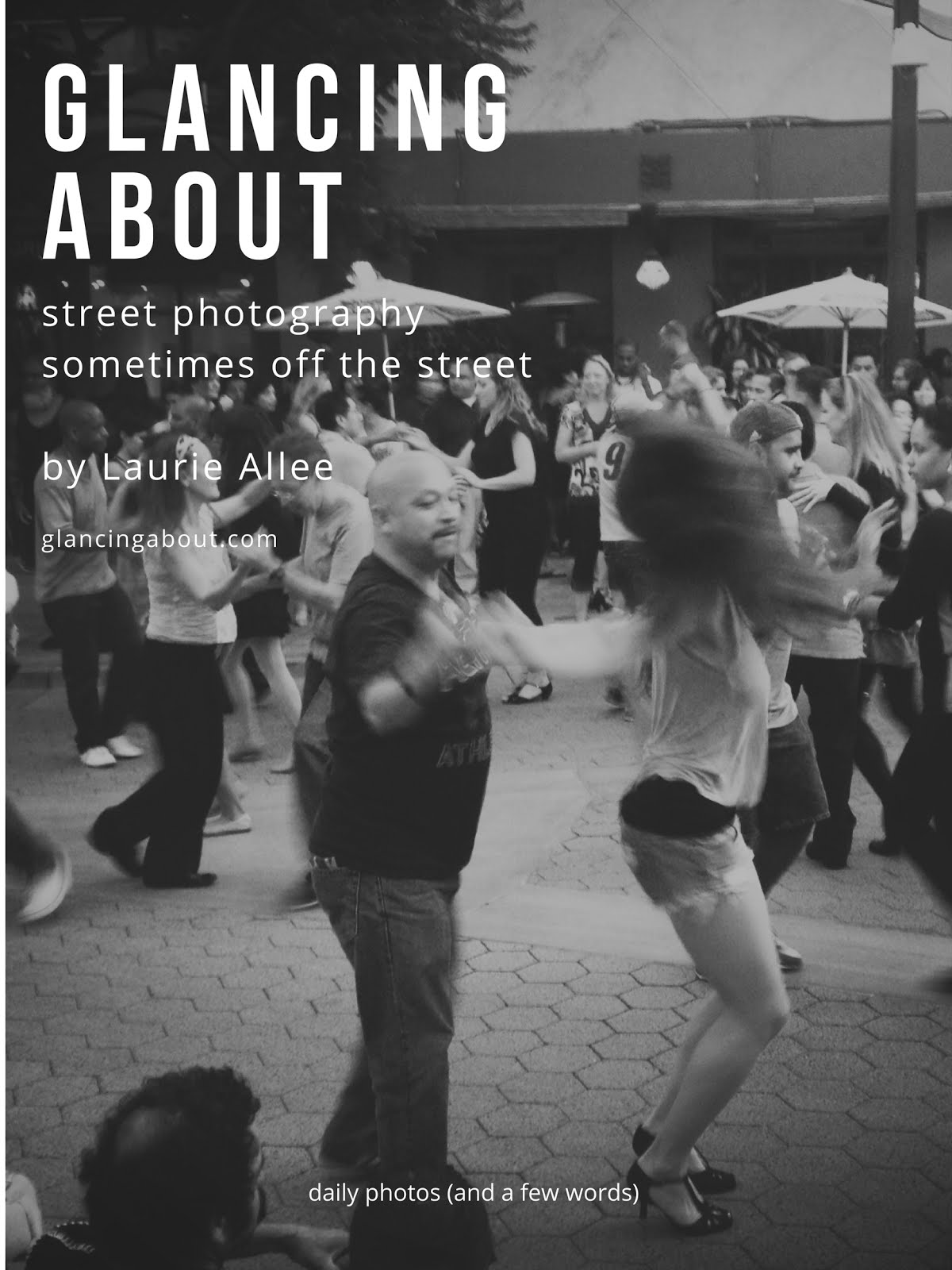Explore Oaklawn with me!
Billed as "Suburb de Luxe," the posh setting boasted a 75-foot wide tree-lined street, Oaklawn Avenue, with views of nearby oak groves, foothills and sweeping hillside vegetation. It was within walking distance to South Pasadena's world famous Raymond Hotel -- a playground for the early twentieth century's movers and shakers. Here's my slideshow of historic images from the Raymond Hotel -- just to give you an idea of the kind of high-brow luxury we're talking about:
The Historic Raymond Hotel of South Pasadena
If that wasn't enough cachet to lure the most discriminating home buyer, Oaklawn's layout and development was designed by the most famous architectural boy wonders of the age: Henry and Charles Greene.
Advertisements for the neighborhood described it as a destination "for those who want the best in every particular." In case that wasn't clear enough, other ads informed potential buyers that "anyone wanting low-priced lots need not apply."
Greene and Greene immediately got to work creating entrance portals grand enough to welcome the subdivision's discriminating new settlers. The resulting structures were iconic examples of the Greene's artistry. Clinker-brick platforms gave way to river rock pillars topped with timber, tile and artisan-crafted wrought iron. Oaklawn was destined to make a bold design statement, and that statement was right out of the pages of the century's flourishing new Arts and Crafts workbook.
 |
| The Oaklawn portals today |
Although the Greenes were not selected to design the first homes of the tract, they were picked to design a bridge that would link the hillside community to Fair Oaks Avenue below. In what was to be the Greene brothers only bridge design, the elegant, arched structure granted Oaklawn residents easy access to streetcars as well as the famed California Cycleway -- an elaborate wooden bike track that linked Pasadena's Hotel Green with the Raymond, and continuing on to the Los Angeles Plaza.
The bridge epitomized the Greenes design ethic of simplicity wrought from a common material -- in this case, reinforced concrete. Henry, in particular, took great pride in the fact that it was the first reinforced concrete bridge designed by an architect. Only two other concrete bridges were in existence in the United States. The increasing spans of the bridge's five arches blended beautifully with the surrounding trees and berms. A waiting station made of river rock, timber and tile rested at the bottom of the Fair Oaks side of the bridge. It was the perfect complement: a tiny, Craftsman gazebo.
The bridge was celebrated for its unique design, and lauded for its thoroughly modern composition. The brothers were crushed, however, when it developed cracks almost immediately after completion. The railroads demanded that another pillar be added to ensure structural integrity. The Greenes insisted that the structure was sound exactly the way it was, but the railroads prevailed and a very inelegant pillar was installed.
In 2002, when the city of South Pasadena undertook the painstaking task of repairing and restoring the historic bridge, engineers finally vindicated what the Greenes had known all along: the unsightly pillar had been unnecessary. In fact, when engineers examined the construction, they found that the support had been installed with a full inch of space between it and the actual bridge. In 90 years, the pillar had been an eyesore, but never actually supported the structure at all.
 |
| No extra pillar necessary! |
By 1907, parts of Oaklawn had been sold off to various other real estate developers including G. Lawrence Stimson. Records indicate that Stimson commissioned Greene and Greene to design six of Oaklawn's first homes as a way to justify the relatively high price of the lots. Other architects added their stamp to the neighborhood, including the renowned firm of Kavanaugh & Barnes as well as Arthur Benton.
Today, the Greenes' historic bridge, waiting station and portals look much like they did over a hundred years ago. The Arts and Crafts showplace houses -- "Ultimate bungalows, as the Greenes referred to them -- still blend into the landscape with understated grandeur. Some of the tallest palm trees you'll ever see line the street, waving in the hillside breeze like whimsical flags.
Unlike some prestigious residential areas, Oaklawn doesn't feel exclusive or walled-off. It's welcoming and downright homey. Take a walk in Oaklawn (or just click my video above!) and you might get nuzzled by one of several well-fed house cats who greet casual walkers.
 |
| One of Oaklawn's "Ultimate Bungalows" |
You can take a look at the original Greene and Greene plans here. For more on Oaklawn, check out this article from American Bungalow Magazine here.
For more information on the amazing Greene brothers, my favorite book is Greene and Greene, Developing a California Architecture.

To explore Oaklawn with me, check out my video at the top of this post.
Want to leave a comment? Head over to the Glimpses of South Pasadena Community Forum to start a conversation!






